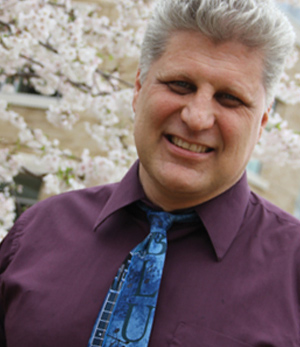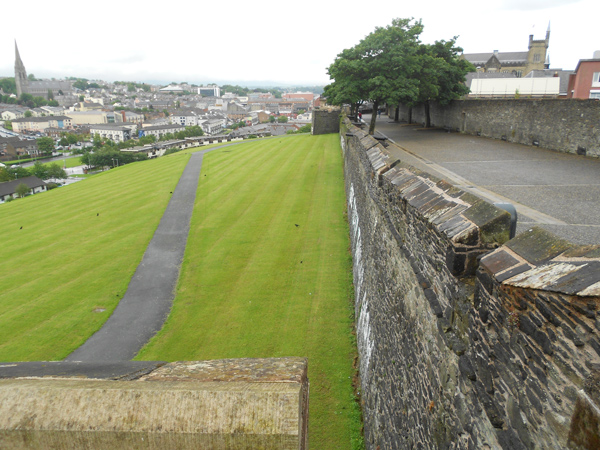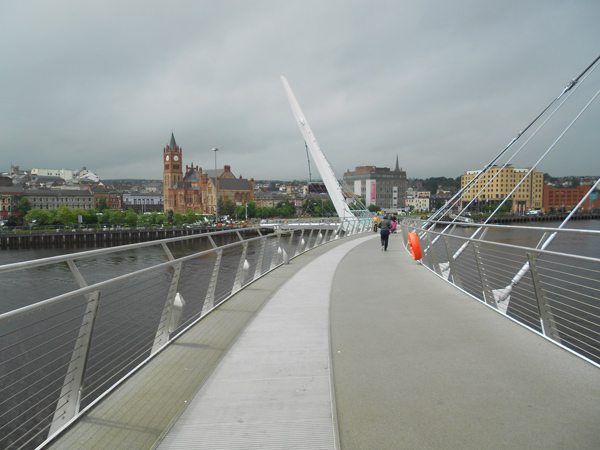An Amiable Irish Incursion
By Gregory Hansen
Reading Irish writers and vibrant scholarship on Irish folk culture sparked my interest in visiting Ireland. In 2010, I attended the biennial North Atlantic Fiddle Convention in Aberdeen, Scotland. The theme was "Routes and Roots," and it is an international conference and music festival. At the end of the conference, the organizers announced that the 2012 event would be held in Ireland. My interest was especially piqued when they noted that it would be held in Derry/Londonderry and County Donegal. I began anticipating my first sojourn to Ireland, recognizing that it would be in the north.
Two years later, I found myself on a plane headed to the event described as the "Olympics of the Fiddle World." I was traveling by myself, but when I landed in Dublin, I had breakfast with an Irish friend whom I hadn't seen in more than 20 years. She helped me navigate the bus system and wished me well on my journey. As I traveled from Dublin, I was looking for landmarks that would let me know when I had crossed from the Republic into Ulster. I had read books that discussed the challenges of crossing the border in the 1970s, and I didn't know what to expect. Curiously, I didn't realize that I was in Ulster until I began seeing signs pointing to Enniskillen and Derry/Londonderry. There were no physical barriers that controlled my crossing into the United Kingdom. Still, as the bus neared the city, my feel for traveling in Ireland began to change.
Although I spent less than a week there, I gained an experience of Irish history as a lived reality. Voices lowered and talk slowed when the Irish spoke of The Troubles. I noted guard towers, barbed wire, and security gates in the city. After the first day, I shared my impressions with my fiddling colleagues and friends that the city relies on a strong sense of police security. It is part of a sense of place that seems to lurk beneath the surface of everyday interaction.
Perceptive comments from Irish scholars pointed out that even the name "Derry/Londonderry" evokes historical tensions. Do I call it "Derry" or "Londonderry"? My choice wouldn't necessarily reveal which side I'm on because I'm an American. Yet I recognized how my decision to visit the region -- and even my choice of how to refer to the city's name – carried political implications unique to Ireland.
Taking a break from the conference, I followed the walkway on top of the old city wall and looked at the old buildings, parks, cathedrals, and other features of the cityscape. On top of the wall, I looked over a beautiful green expanse that separates the city wall from the Bogside neighborhood. I had read of Bloody Sunday, and I knew that I needed to walk through the area that witnessed the tragic events of January 30, 1972. The neighborhood features murals, a memorial park, and graffiti that bear witness to the past's persistence in the present. More importantly, these commemorations show how the people of the city continue to work for resolution.
During my walk, my eye was drawn to the spires of a bridge spanning the Foyle River. The Friendship Bridge was opened in 2011. It connects historically segregated neighborhoods while providing a truly impressive view of the city's skyline. As I walked from the bridge to return to the conference, I paused to view the statue "Hands Across the Divide." Comparing these views, I realized that the bridge expresses symbolically as well as physically the aspirations of those who have built and placed this peace memorial. The Irish will never forget their history. My brief time in Ireland showed me that their commemorations can teach us ways to build from and reconcile the past.








